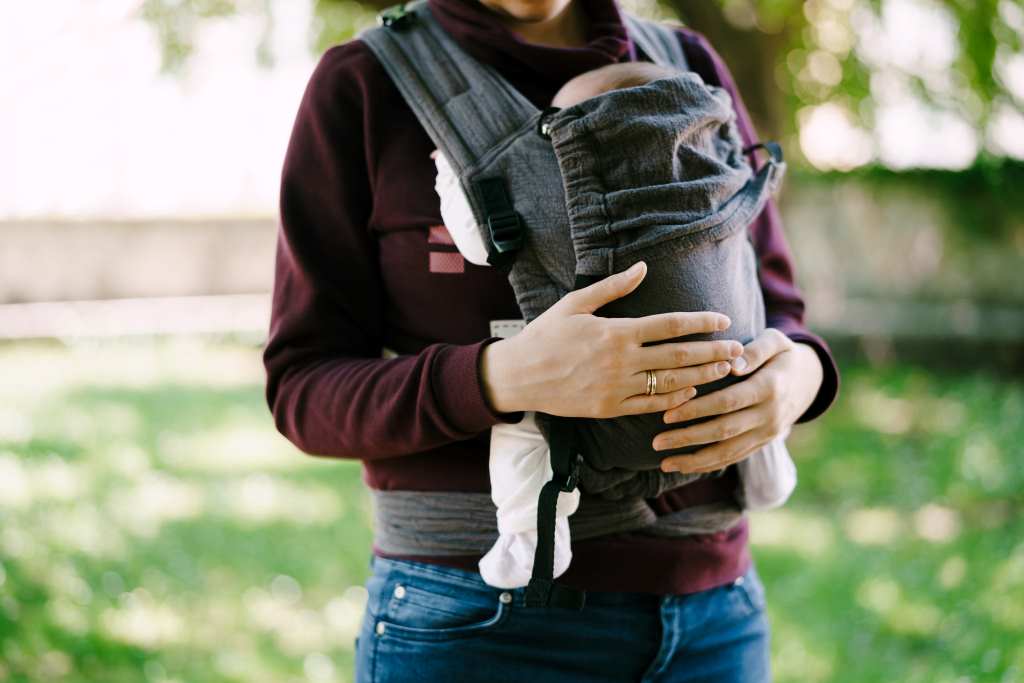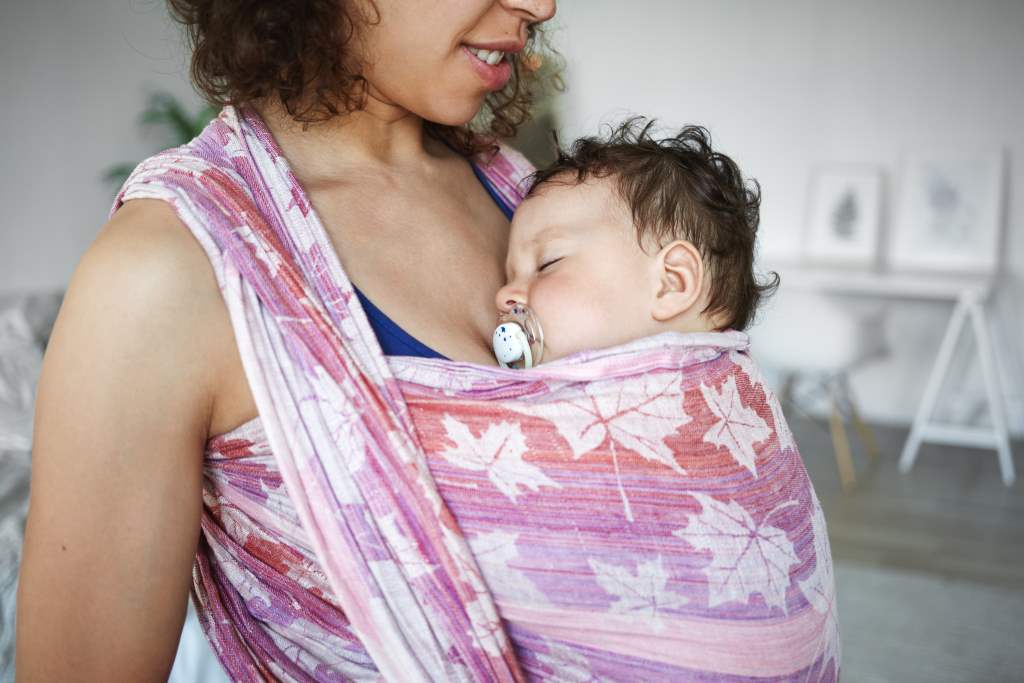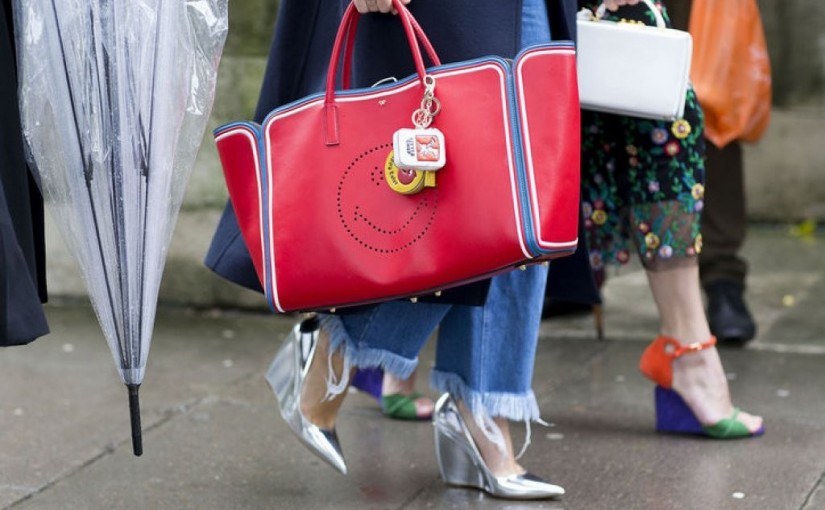When it comes to babywearing, learning how to wrap a cloth baby carrier can feel like a daunting task. However, with a bit of practice, it can be one of the most rewarding ways to bond with your baby while keeping your hands free for other tasks. This guide will walk you through every detail, providing tips for comfort, safety, and style.
Babywearing is more than just a trend; it’s an age-old practice that has stood the test of time. Many parents find it essential for managing their busy lifestyles while staying close to their little ones. Whether you’re at home, at the park, or exploring Speakymagazine for parenting insights, mastering this skill can transform your daily routine.
Why Use a Cloth Baby Carrier?
Benefits of Babywearing
Wearing your baby has countless benefits. Research shows that babies carried close to their caregivers cry 43% less than those who aren’t. Additionally, babywearing fosters emotional bonding, supports breastfeeding, and even promotes cognitive development.
Comfort and Versatility
Cloth baby carriers stand out for their versatility. They adapt to different body types, offer various carrying positions, and fold compactly for easy storage. Whether you’re attending an event or dressing your child in a charming baby boy summer wedding outfit, cloth wraps ensure your baby is snug and secure.
Types of Cloth Baby Carriers
Stretchy Wraps
Perfect for newborns, stretchy wraps offer a snug fit and are forgiving for beginners. They’re typically made of soft, elastic materials like jersey cotton, allowing you to adjust easily.
Woven Wraps
Unlike stretchy wraps, woven wraps provide more support and durability, making them suitable for older babies or toddlers. They come in a variety of fabrics and patterns to match your personal style.
Ring Slings
Ring slings are shorter pieces of cloth with rings sewn at one end, making them easier to adjust. They’re ideal for quick carries and perfect for hot weather due to their breathable design.
Step-by-Step Guide: How to Wrap a Cloth Baby Carrier
Step 1: Choose the Right Wrap
Before starting, choose a wrap suitable for your baby’s weight and age. For newborns, a stretchy wrap offers optimal comfort, while a woven wrap is better for heavier babies.
Step 2: Find the Center of the Wrap
Look for the tag or marker indicating the center of the wrap. This point will help you position the fabric evenly.
Step 3: Secure the Wrap Around Your Body
- Place the center of the wrap on your chest.
- Cross the ends over your back, pulling them forward over your shoulders.
- Make sure the fabric spreads wide to avoid strain.
Step 4: Create a Secure Seat for Your Baby
- Bring the ends of the wrap under your arms and cross them at your waist.
- Ensure the fabric forms a pocket to support your baby’s bottom and back.
Step 5: Position Your Baby
- Place your baby against your chest in a frog-legged position, with knees higher than the hips.
- Gently slide your baby into the pocket created by the wrap.
Step 6: Final Adjustments
- Tighten the wrap by pulling the ends snugly.
- Tie a secure knot at your back or side.
- Check that your baby’s airway remains unobstructed and the fabric supports their neck and head.
Safety Tips When Using a Cloth Baby Carrier
T.I.C.K.S. Rule for Safe Babywearing
The acronym T.I.C.K.S. stands for:
- Tight: Ensure the wrap is snug to avoid slumping.
- In view: Keep your baby’s face visible.
- Close enough to kiss: Position your baby high on your chest.
- Keep the chin off the chest: Maintain a clear airway.
- Supported back: Ensure your baby’s back is straight.
Proper Weight Distribution
Avoid shoulder or back pain by ensuring the fabric is evenly spread across your shoulders and back. Adjust frequently for long periods of wear.
Monitor Your Baby’s Position
Keep an eye on your baby’s posture and temperature. If you’re outdoors, make sure they’re dressed appropriately and shielded from the sun.
Common Wrapping Techniques
Front Wrap Cross Carry (FWCC)
This beginner-friendly technique is perfect for newborns. It provides ample support and keeps your baby close.
Kangaroo Carry
Ideal for newborns, this wrap mimics the natural curve of your baby’s body, ensuring optimal comfort.
Back Carry
Once your baby gains head control, back carrying can be a lifesaver during chores or outings.
Cultural Significance of Babywearing
In many cultures, babywearing is not just practical but symbolic. African and Asian communities have long used wraps to integrate babies into daily life, emphasizing family and community bonds. Modern wraps often draw inspiration from these traditional practices.
The Role of Babywearing in Modern Parenting
As more parents embrace attachment parenting, babywearing is becoming a cornerstone of modern caregiving. It allows caregivers to maintain close contact with their babies while juggling the demands of everyday life.
Choosing the Best Wrap for Your Needs
Fabric Considerations
Look for breathable fabrics like cotton or bamboo for comfort in warm climates. For colder weather, wool or fleece wraps offer added warmth.
Length and Size
Most wraps come in sizes ranging from short to long. Short wraps are great for quick carries, while long wraps offer versatility for various techniques.
Conclusion
Learning how to wrap a cloth baby carrier is an invaluable skill for any parent. It combines practicality, comfort, and the opportunity to strengthen your bond with your little one. With practice, you’ll find it second nature, making life with your baby more enjoyable and convenient.





